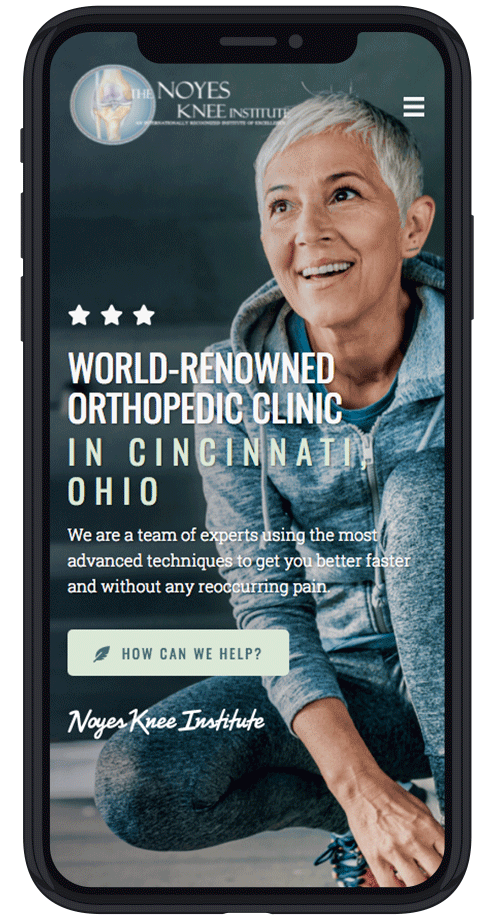Published On
Category
Roofers experience a lot of strain on their knees, which may cause a persistent pain and swelling known as roofer’s knee. However, this issue doesn’t have to complicate your life if you know how to prevent and treat it in a quick and efficient fashion.
Roofer’s Knee Is a Common Problem
Roofer’s knee — properly named prepatellar bursitis — occurs when the bursa on one or both knee joints fills with blood. Bursae are small sacs that are filled with fluid, and they are present on all of the body’s joints, including the knees and elbows. These sacs help to protect your joints from impact damage by providing a comforting pad that counters movement friction.
However, many issues can cause increased blood flow to the joint or bursa. When this happens, the bursa will swell past its average size. Though other kinds of issues can cause this condition — such as rheumatoid arthritis and even bacterial infection — excessive strain on the knee typically triggers most cases.
For example, anyone who spends time on their knees for their job — such as roofers kneeling to nail shingles or perform other repair and construction techniques — is likely to suffer from this problem at some point. And when prepatellar bursitis (roofer’s knee) impacts you, there’s a good chance you’re not going to be able to get to work for at least a few days while you recover.
You need to do what you can to improve your recovery speed as much as possible to get back on the job and finish your construction gig. Thankfully, prevention and treatment are available for this condition, which can ensure that you get back on the roof as soon as possible and minimize the amount of time you have to spend at home instead of working.
Roofer’s Knee Can Be Prevented and Treated
Roofer’s knee prevention helps to keep you active and minimizes the impact of this frustrating condition. For example, thick pads help to take some pressure off the joints in your knee when you’re working on a roof for hours at a time. While you work, make sure to stand up and take breaks, as well, to further alleviate your knee pressure throughout the day.
If you notice symptoms of this disease while you are working or after you are finished — including persistent pain and swelling — immediate self-care can prevent the need for treatment. Take a few days off of work and rest your knee while applying a cold compress for 20 minutes about two or three times per day. Avoid icing your knee more frequently than this, as you may worsen the swelling.
As you rest your knee, elevate your leg above your heart as much as possible to reduce blood flow to the swollen area. A comfortable recliner chair should help make this task easier. If the swelling remains persistent, wrap the knee with an elastic medical bandage to reduce the swelling as much as possible.
But if symptoms persist or worsen, you should visit a doctor to get treatment. Medicines used for roofer’s knee include non-steroidal anti-inflammatory drugs, topical medications, and analgesics. These care options help to minimize pain in your knee, and they can also reduce swelling.
Help Is Available
If you suffer from roofer’s knee and need help to regain your strength, please don’t hesitate to contact us at Noyes Knee Institute to schedule an appointment right away. Our experts will work with you to alleviate your pain and can also treat more serious knee-related injuries, such as strains and tears in your tendons or muscles.

